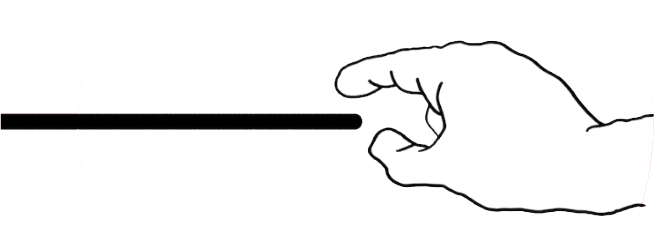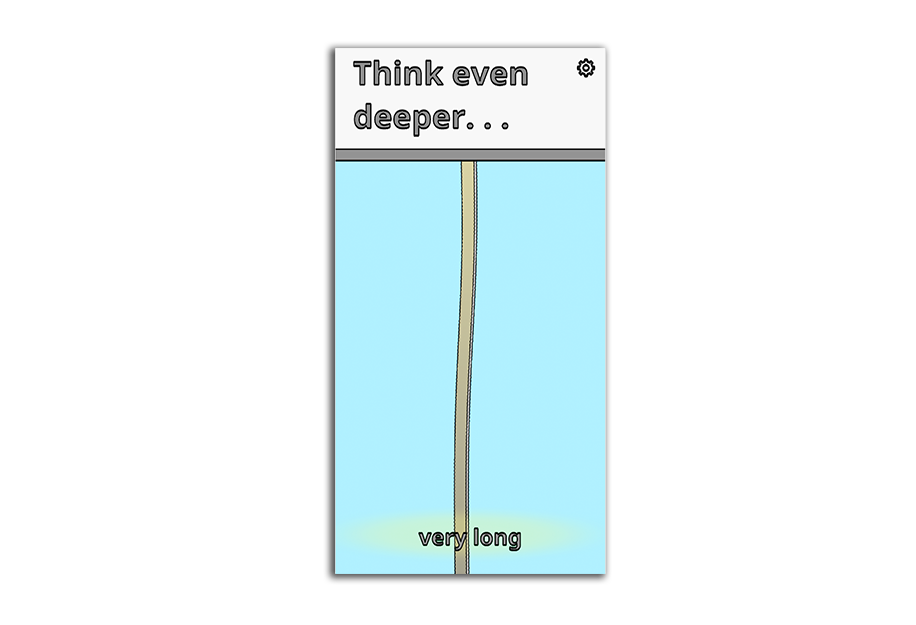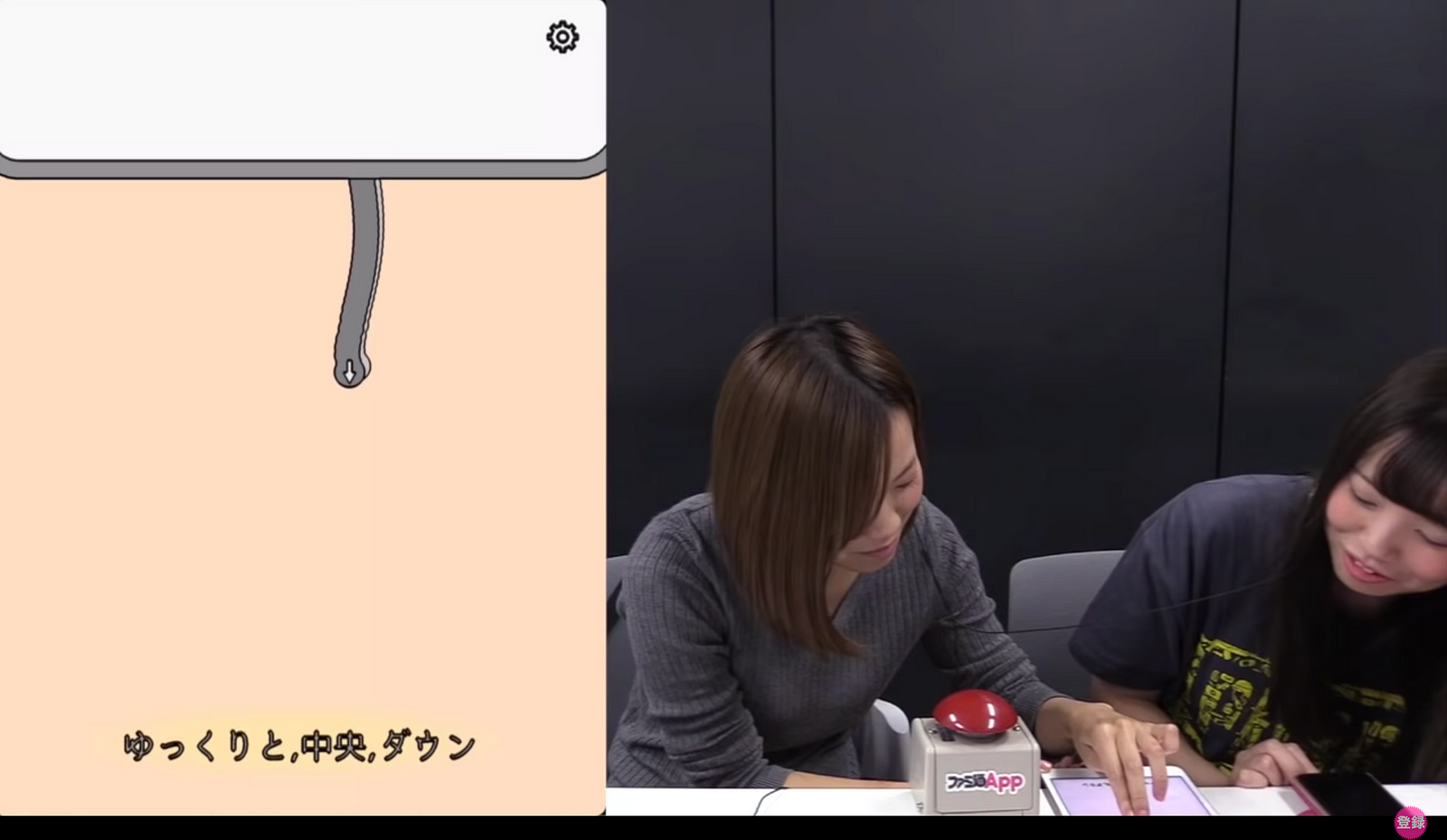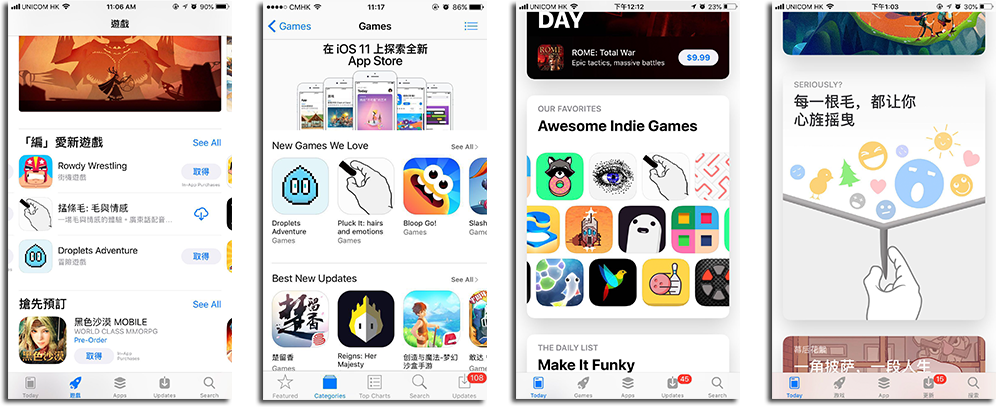Mobile Indie Spotlight Episode #1 : Pluck it
Today we are launching the Mobile Indie Spotlight, a place where we will be interviewing mobile indie developers from around the world in an effort to make their stories heard and share their knowledge and experience with others.
In these interviews we will be discussing around product and game design, gamification techniques, a/b testing, monetization strategies, localization, app store optimization, social mechanisms, user acquisition and other useful techniques that can help mobile app publishers design and ship better mobile apps on different app stores.
Pluck it- A weird game about emotions

In the first interview of this blog we have the honor to host Jacky Chou, an indie developer from Hong Kong and his app Pluck It. Pluck It is available on the AppStore. It’s a game about a weird journey of hair plucking. In this journey, users experience all kind of emotions as they pluck hairs. Maybe the weirdest game you have ever played.
The app is self-published and has more than 1M downloads on the AppStore in less than 4 months. Let’s see the story behind it.

?Jacky, can you share a few words about you and Pluck it?
Hello Andreas, I am an indie developer currently based in Hong Kong, I was born and raised in Macau. I have been playing with video games since I was 9 and making games was my dream. I studied computer science in the US and game design in Hong Kong. After that I worked as a full time programmer in a Hong Kong game company. A year later, I quitted my job and became an indie developer in order to have more freedom to create games. I do some freelancing jobs at the same time, to make a living.
Pluck it, is my first game officially released as an indie. It was developed and published by myself. It was made with minimum budget, focusing on making something new and unique, while being meaningful to people without much effort on the business side of it.
?What is the story behind Pluck it?
Funny thing, when I am thinking, I have a little habit of plucking my hairs on my chin. One day I just thought it would be interesting and cool to make a game with mechanics based on this plucking hair gesture. I made an initial prototype and put this kind of interaction on the screen. I started then thinking on how to create a game around this. Each level describes a different emotion (anger, happiness, sadness, curiosity and many others) and the design and development of the game was inspired through my daily life.
The core theme and motivation behind the game was heavily inspired by game makers Jenova Chen and Jonathan Blow. Jenova Chen talks about creating meaningful games that are not just only fun, but also help people connect together and being emotionally positive. Jonathan Blow discusses on having the mindfulness of making a game that means something for human beings and trying to make games that people won’t regret playing.
Some stats
The app was developed in 6 months. 3 months were spent on programming and 3 months on working on improvements, translations and getting familiar with the logistics and procedures of Google Play and AppStore to publish the app.
- Pluck it was released on AppStore in mid July and on Google Play in mid October.
- On AppStore the app has more than 1M downloads with users from more than 130 regions.
- 75% of installs come from 3 countries, 30% come from US, 40% from China and 5% from Korea.
- Pluck it is a free-to-play game. The app has a donations area where users can donate with In-App Purchases (IAP). 0.5% of the users pay in one of the 3 IAP options.
- The app has a 7 days retention cycle
- The app has received a very high score in user ratings & reviews
Pluck has been acknowledged in different competitions and earned several awards so far including Tecent Innovation Game Award Bronze Prize and Indie Prize Finalist Eastern Europe.
The app was developed with Unity and uses Unity Analytics. For the graphics, Vectr (a vector art open source software) was used while the fonts in the game were retrieved from the open source directory of Google fonts.
Graphics used are minimalistic and simple. When something looks simple it usually adds a layer of meaning to people and triggers them to think. Pluck It wants to make people to think about their emotions.
The voice in the game was recorded through Jacky roommate’s sound recorder with Jacky’s voice. Some other sound effects were found and used from different websites on the web for free, like free sound website.
Early access and feedback
While still developing the game, Jacky initially used a test group, mainly comprised by friends and family who played the game and provided useful feedback early on, especially around the control mechanics of the game.

?Jacky we see that you use an onboarding tutorial and several hints within the levels trying to explain to the users the concept of the game. How did that help?
Onboarding tutorial is very important. The mechanics and the controls of the game are very unique and it is very likely that players haven’t experienced something similar before. I tried to create an onboarding tutorial that would guide the user on getting familiar faster to play the game.
In the early testing, most people (around 9 out of 10) didn’t get the control. With the introduction of an extensive tutorial, most of the players (around 8 out of 10) understand the controls of the game, without explicitly telling them.
Having people play with the game early on, was really important since it can change the way you approach the design of the game.
Early versions of Pluck it, did not use any text. More than 19% of people were leaving on the first level. With the introduction of text I managed to decrease that percentage to less than 15%. In the process, voice and images were added to make people understand the game.

Now 60% of the users, play until the middle level of the game. It seems that if they get the point, they continue and follow the story.
Monetization Strategy
The game was designed without any monetization strategy in place. The focus was to deliver a creative game and experiment in the process.

There is a Donations section within the game with 3 different IAP options. People do donate and this helps on the creation of future games. $0.99 (Generous Love) is the most popular option and around 0.5% of users donated so far. Recently an option for watching an ad (also in the form of donation) was introduced with the use of Rewarded Videos by Unity Ads but it is too early to share any stats.
Another monetization strategy that could be implemented in the near future, is when a user is stuck in a level, to be given the option to take a rewarded ad action in exchange for a hint.
Localisation
The text in the game at the moment is provided in 19 different languages. For most of the translations an online translation service was used called LocalizeDirect while for a few other languages some friends helped. Actually most of the cost of the game was spent on localization.
?Did localization help in the acquisition of the game?
It helped indeed, especially for the penetration in areas like Korea and Japan where the app started to become popular and being played by Youtube streamers.
Marketing & User Acquisition
?Did you spent any budget in marketing for acquiring new users?
No, all of the users of the app came through organic growth. I promoted the game by myself on Instagram, Facebook Page, Discord, Weibo and other social channels.
However due to the “weirdness” of the nature of the game and the funny and innovative gameplay, it got the attention of AppStore and of several popular Youtube game streamers including ファミ通 App, lonniedos, Drop Rate, 蠢蠢and KittyKat Gaming channels.


Getting played live on popular Youtube channels helped a lot with the acquisition of the game so a similar strategy might be followed for Google Play version.

On AppStore, the app got featured in many different regions!

Social Mechanisms
There are two placements within the game that users can use to share their experience with friends. One is after each level completion and another one is in the main menu. The first one has been proven really effective while the latter seems like not a widely used option.

?During the game play, between each level, users are prompted for a few minutes to share their success of passing each level. Why did you follow that approach?
In the early stage while testing the game, people thought that this was an annoying feature. However I insisted on keeping it. I wanted to encourage people to think about their feelings and share them with others. It also acts as a natural pause for players between the different levels and it is part of the game design.
Based on analytics, 12% of the players click and share, helping with the acquisition of the game.
User Reviews and feedback
The app has received a lot of ratings and reviews especially on AppStore, and while some of them are fun, others are really helpful on gathering actionable feedback to improve the game.

?How do you treat user ratings and reviews?
From the reviews and feedback I read from players, I realized they have very diverse perception on the concept of the game and very different feelings. Some players think the game actually lets them think more about their own emotional state while others feel inspired as they play some levels. Others just have a lot of joy or just simply laugh a lot with the approach of each level.
I try to respond to all comments, especially the negative ones. Adding more guidance on the initial introduction of the user to the game, came through the feedback from user reviews on the store. Same happened when deciding to give an option to turn off vibration. I try to improve the app by constantly monitoring what the users say.
A/B testing
What did you A/B test during the development of the game?
During the initial iterations of the development of the game in the initial testing phase (with the help of friends) I A/B tested mechanics like the speed that a user could drag on the screen to pull a hair, but the most important discovery made through these tests, was the order of levels.
What I realised early on, was that the order of levels seems to affect the users’ perspective to the app. The outcome was that the entry levels need to have some happy or neutral emotions and they should be more relaxing and fun rather than aggressive. That helped users stick further to the app.
Publishing
The app is currently available on both Google Play and AppStore.
?How different or difficult was the move from AppStore to Google Play?
It’s not so much on the differences of the two stores rather than adjusting the game for the variety of Android devices. There are so many different types of Android devices out there. I had to tune and test a lot of things, which took time. Some of the challenges on moving to Android was adjusting haptic feedback, vibration, aspect ratio and screen density. A lot of effort was put in tuning the control of the game too. I had to make the experience for the users as smooth as possible.
On the other hand, because the game is a hit in Mainland China, I wanted to release Pluck It Android version at the same time in different stores globally. However releasing to several stores takes time to understand the processes and requires a lot of work.
There are a lot of Android markets globally, and it takes time to get through all the markets and understand what is needed to be done. Some of the stores I have on my list are OPPO market, Alibaba distribution channels, Vivo appmarket and Anzhi app market. Moreover, understanding and implementing different SDKs for the different stores (for example for IAPs) is also an extra overhead in the process.
Next Steps
?What is next?
I will continue to make more games. I am spending most of my time making games now and in most of them I am collaborating with other fellow developers. Pluck it is finished, but it will be presented in a few more exhibitions. It was my first game and it’s a huge thing already so I am really excited about it. I did not expect that so many people would like it. I made many new friends with it and met a lot of publishers and indie developers that share the same passion.
I want to encourage other indie developers around the globe, that even in 2018, even with low budget and with one single person, you can still make a game that means something to people and have a lot of people playing it. Do what you love!
Do you want to distribute your survey? Pollfish offers you access to millions of targeted consumers to get survey responses from $1 per complete. Launch your survey today.
Global GSK Shingles Survey Insights
Original Insights,The Pollfish Blog
February 24, 2024
Shingles misconceptions: new global survey commissioned and funded by GSK highlights widespread…
B2B Sales Emails: Are they Effective or a Nuisance?
Original Insights,The Pollfish Blog
September 6, 2022
Are B2B sales emails a thorn in your side? Do they drive you crazy? Virtually all white-collar…
